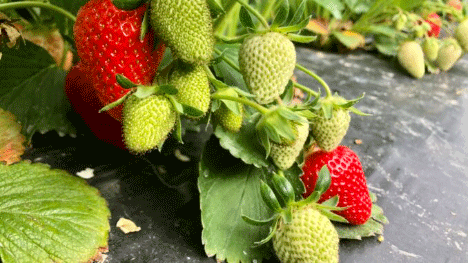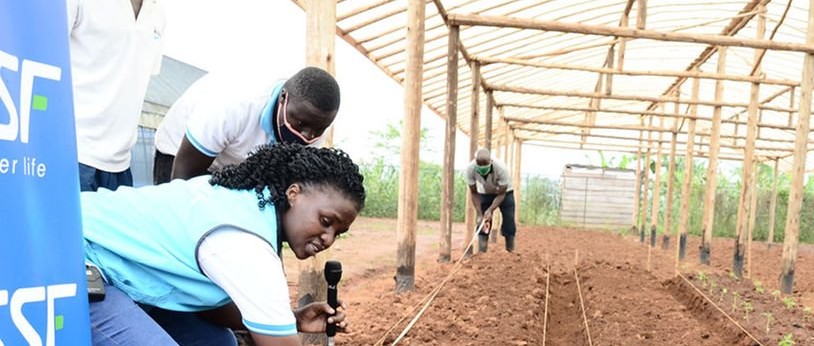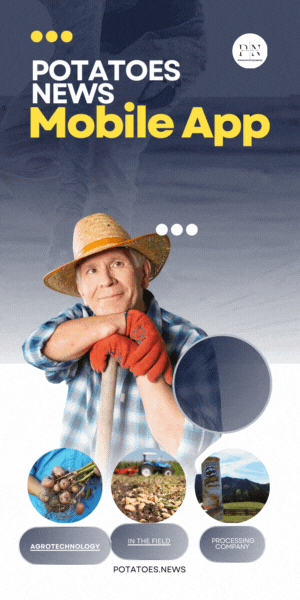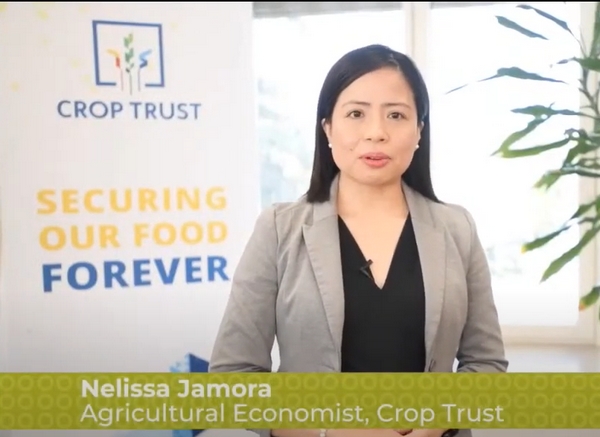The debate on whether to grow berries, fruits, and asparagus in open fields or under tunnels remains a contentious topic among both consumers and producers. Fred Eickhorst, Managing Director of the Association of Asparagus and Berry Growers, recently discussed the advantages of using foil in strawberry farming with the Landvolk-Pressedienst.
Extending the Strawberry Season
According to Eickhorst, the use of foil allows consumers to buy local strawberries as early as April, thereby extending the availability of regional fruits. These strawberries are protected from rain and sun damage, resulting in longer shelf life post-purchase.
Decline in Open-Field Cultivation
In Niedersachsen, the area dedicated to open-field strawberry cultivation has been steadily decreasing, dropping by 8.6% to around 2,400 hectares compared to 2022, as reported by the State Office for Statistics. Instead, producers are increasingly turning to walk-in protective coverings, sometimes on multiple levels. This method ensures that even during rainy periods, high-quality fruits are consistently available.
Yield and Quality Benefits
Growing strawberries under foil not only enhances the quality but also increases yield per hectare. The working conditions for harvesters are improved, as they can pick strawberries standing up and are shielded from weather conditions. Additionally, the early start to the local strawberry season reduces the need for imported strawberries, which often come with higher levels of pesticide residues and lower quality control.
Environmental and Economic Advantages
Foil-covered strawberries face fewer weed issues, reducing the need for mechanical and chemical weed control. The foil also protects the plants from soil-borne fungal spores, thereby decreasing the need for fungicides. The consistent moisture levels under the foil reduce the necessity for frequent watering, while the soil warming effect boosts plant growth and yield.
Polypropylene fleece effectively protects strawberry plants from frost, eliminating the need for heating systems in greenhouses or tunnels. Beneficial insects, such as bumblebees, can be used more effectively for pollination and pest control within the tunnels. The drier environment also helps prevent the spread of fungal diseases, allowing growers to cut down on fungicide use.
Precision in Harvest Timing
Eickhorst explains that the weather independence provided by tunnel farming allows growers to better control the ripening and harvesting times of strawberries. This flexibility helps manage the market supply more efficiently, particularly during the peak season.
Reducing Carbon Footprint
Locally grown strawberries produce about one-third less CO2 compared to imported ones. Moreover, advanced recycling systems for the foil used in farming significantly contribute to emission reduction, as Eickhorst points out.
The use of foil in strawberry farming presents a myriad of benefits, from extending the growing season and improving fruit quality to enhancing environmental sustainability and reducing carbon footprints. As climate conditions become more unpredictable, these innovative farming techniques offer a viable path forward for producers looking to meet consumer demand for high-quality, locally grown produce while also minimizing their environmental impact.










